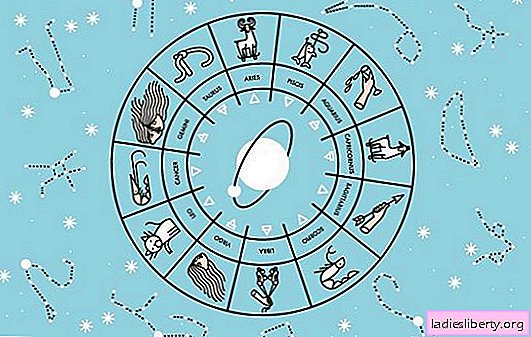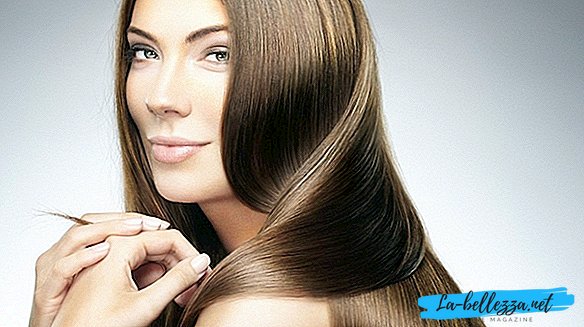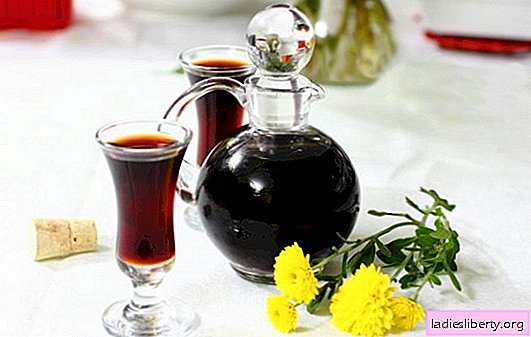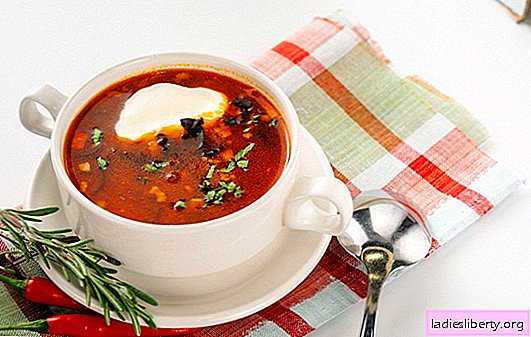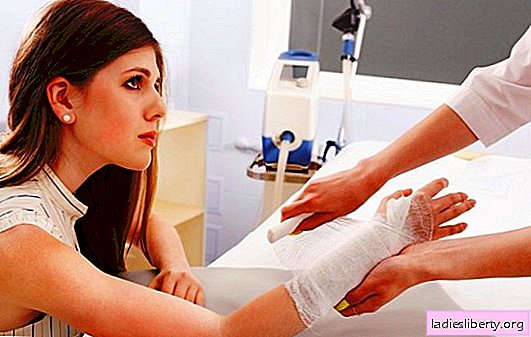
Injuries, often with severe damage to the skin and tissues - fortunately, the situation is not everyday, but, alas, is not excluded.
Inflammation of the wound, the causes of which can be very diverse, a natural process with severe wounds.
If you do not respond in time to inflammation of the wound, the symptoms can significantly increase and go into a critical phase, leading to serious complications. We suggest that you familiarize yourself with the main signs characterizing wound inflammation, the treatment of which, subject to simple rules, can be quick and effective.
Wound inflammation: causes of the inflammatory process at various stages of healing
The healing of any wound surface proceeds in three physiological stages, each of which is characterized by certain visual and symptomatic manifestations. It is worth noting that the healing of damaged tissues is always accompanied by an inflammatory process, the signs of which decrease as the wound heals. In order to timely identify and prevent atypical inflammation, you need to know well what is characterized by each stage of healing.
Stages of healing and external manifestations of wound inflammation
Exudation - local reaction of blood vessels and tissues. It is characterized by a small edema, as well as a slight reddening of the tissues surrounding the wound and the release of specific exudate (the liquid part of the blood) from it. The wound exudate at this stage is a clear fluid. Often there are blood clots in it. Over time, the surface of the wound becomes covered with a whitish film - fibrinous coating. The duration of this period depends on the area and depth of the wound surface and can last up to seven days from the moment of injury. If at this stage the wound becomes infected, the amount of exudate separated increases sharply. It becomes cloudy and acquires a characteristic odor.
Regeneration (proliferation) - restoration of damaged tissues. At this stage, tissue granulation occurs. Fibrinous plaque disappears, tissues are covered with new cells, forming small tuberosities of bright red color (granulation) on the wound surface. Exudate from the wound practically does not stand out, it is still transparent and may contain only a small amount of blood. At the slightest injury, the exudate becomes bloody. A change in the color of the granular areas, blanching, indicates re-infection.
Epithelization - complete healing and scar formation. The exudate is not allocated, the surface of the wound is dry. Inflammation at this stage can only occur due to damage or secondary infection.
With extensive wounds, healing can occur unevenly. Often, the central part of the wound surface is cleaned faster and the edges of the wound do not have time to heal, which inhibits its healing.
Sometimes inflammation of the wound surface increases dramatically or its healing is too slow. There are a number of reasons that can affect the inflammatory process.
Inflammation of the wound: causes affecting the delay in healing and the re-emerging inflammatory process
1. Primary or secondary infection of the wound surface.
• primary - infection directly with a wound;
• secondary - may occur as a result of improperly performed, in violation of the rules of asepsis, primary treatment of the wound. As a result of infection with repeated mechanical injury to the wound surface or improper local treatment.
2. Weakened immunity and general exhaustion of the body. Chronic infectious diseases (HIV, AIDS, tuberculosis and hepatitis). The presence of chronic diseases that can impair blood circulation: varicose veins, diabetes mellitus, chronic pathologies of the kidneys, liver, as well as violations and malfunctions of the cardiovascular system.
3. Deterioration or violation of diet and rest.
Often the exacerbation of inflammation in the wound is associated with improper treatment, or rather, with self-medication.
Wound inflammation: symptoms of inflammation of the wound and nearby tissues. Possible complications
During primary or secondary infection, anaerobic bacteria, fungi and microorganisms of various origin can enter the wound cavity, which are the root cause of the resulting inflammation.
The main symptoms of wound inflammation and their signs:
• temperature increase in the area of the wound surface;
• sharp hyperemia (redness) of nearby tissues and their swelling;
• secreted exudate becomes cloudy and viscous - purulent;
• throbbing pain in the wound area;
• general malaise: fever, dizziness, weakness, and in some cases nausea.
Wound healing - a complex process and not only the speed of healing, but also the absence of complications depends on the correct appointment and accuracy of the treatment. Improper treatment can contribute to sepsis, tetanus, gas gangrene, and rabies. The appearance of purulent and infectious inflammatory processes in the wound: abscesses, infiltrates, phlegmon or erysipelas.
Wound inflammation: treatment and prevention of possible complications
Wound treatment - quite a long process. The healing rate depends on the nature of the damage, the degree of infection, the depth and area of the lesion, as well as the general condition of the body. Therefore, first of all, local treatment is carried out aimed at reducing inflammation.
Daily wound sanitation is performed using aseptic solutions, anti-inflammatory and antibacterial topical drugs: solutions and ointments, drugs that allow you to clean the wound and protect it from secondary infection. In the early stages of healing and further treatment of the wound, aseptic solutions are used: 3% hydrogen peroxide; ready-made solutions "Chlorhexidine", "Furacilin", "Fukartsin"; a weak solution of potassium permanganate, etc. They treat the edges and wash the wound cavity, cleaning its surface from contaminants, specific secretions and foreign bodies that were injured (splinter, fragments, debris, etc.). Dressings are applied with aseptic solutions in the first few days. Using ointments at this stage is not recommended. Ointment dressings are applied later, depending on the condition of the wound.
In parallel with local treatment, general drug therapy is carried out aimed at suppressing the infection - a course of antibiotics is prescribed, drugs that increase immunity and help reduce the inflammatory process. In more severe cases, infusion therapy (droppers) may be prescribed to reduce intoxication. Along with this, symptomatic therapy is carried out aimed at suppressing side symptoms and treating chronic diseases.
In the granulation stage, inflammation is treated with ointments, gels or special powders that inhibit the growth of granulations and prevent drying of the wound surface, which can protect the wound from reinfection. In no case at this stage should not be applied to the wound ointment "Vishnevsky." It enhances blood flow and blood circulation in the wound area, thereby stimulating the intensive growth of granulations. The tightening of the edges of the wound during healing may not be in time for the growth of tissues in the center of the vast wound surface. The epidermis will not have time to cover new tissues, and they will remain open, significantly rising above the skin level. The popular name for this unpleasant entity is "wild meat."
After complete healing and during scarring, the wound site should be properly treated for several days (3-4 days) with a solution of brilliant green (brilliant green) or bandages with an alcohol solution of calendula. This will help relieve the inflammation that accompanies the scarring process and accelerate it.
Removing wound inflammation and its treatment are directly related. If the inflammation is not reduced, the wound healing will be delayed, and if the wound is not treated properly, the inflammation will increase.
The cream "ARGOSULFAN®" helps to speed up the healing of abrasions and small wounds. The combination of the antibacterial component of silver sulfathiazole and silver ions provides a wide spectrum of antibacterial action of the cream. You can apply the drug not only to wounds located in open areas of the body, but also under dressings. The tool has not only a wound healing, but also an antimicrobial effect, and in addition, it promotes wound healing without a rough scar1
It is necessary to read the instructions or consult a specialist.
To relieve inflammation and treat wounds, in parallel with drug treatment, traditional medicine tools and techniques can be used. Prior to their use, it is highly recommended that you consult a professional doctor, since many products require tight closure of the wound surface with medicinal herbs and the application of lotions with tinctures and decoctions of herbs on its surface.
So that the wound does not inflame and quickly heal, its surface must "breathe". A dense cover of the wound surface contributes to the accumulation of exudate in it and, accordingly, additional inflammation. And this is fraught with serious complications.
1 - E.I. Tretyakova. Comprehensive treatment of nonhealing wounds of various etiologies. Clinical Dermatology and Venereology. - 2013.- No. 3

